Everton Football Club have revealed plans for a £500 million stadium situated in the city’s dockland. The aim is to have the impressive 52,000-capacity waterside ground at Bramley Moore Dock ready for the 2023/24 season.
Long in the coming, Everton have revealed the impressive new plans for their new stadium, which is set to be built on semi-derelict dockland in North Liverpool. The plans reveal a design that the architect, Dan Meis, who has designed sports stadiums in Rome, Cincinnati and Japan, has said makes it appear as though it has risen from the dock in tribute to the city's maritime past. It also includes a subtle nod to the steel lattice trusses designed by Goodison Park's architect Archibald Leitch, something the new 2019/20 home kit also acknowledges.
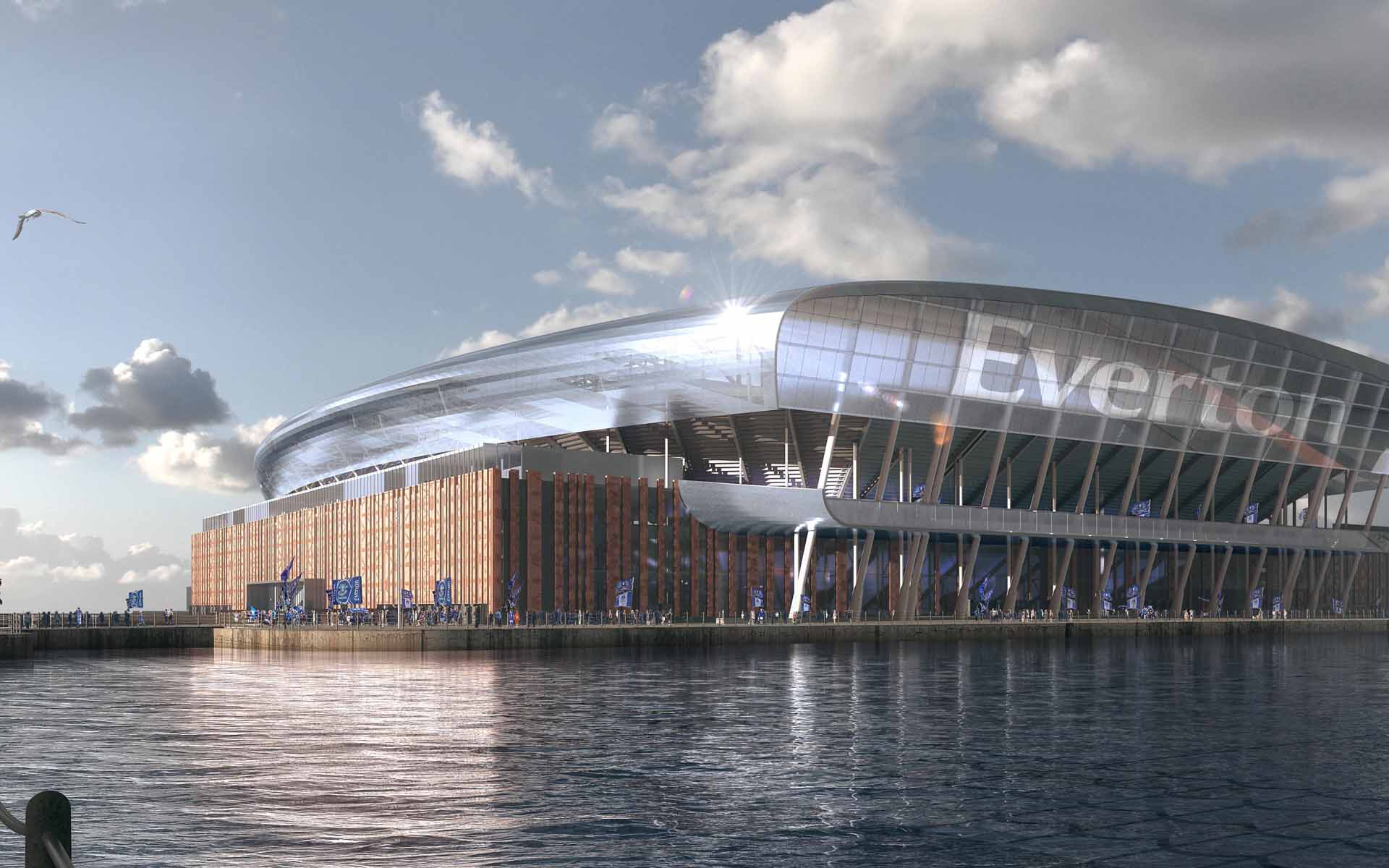
One of the key elements of the design is a 13,000-capacity home end that the club have said will retain the intensity and intimacy of Goodison Park. With the potential return of safe standing at games, Everton say that the stadium would be "future proofed", meaning it could easily be adapted to include safe standing if there was a change in the law.
Externally, A fan plaza to the east of the stadium would host pre-match activity for up to 14,000 and could be used as a venue for music concerts.
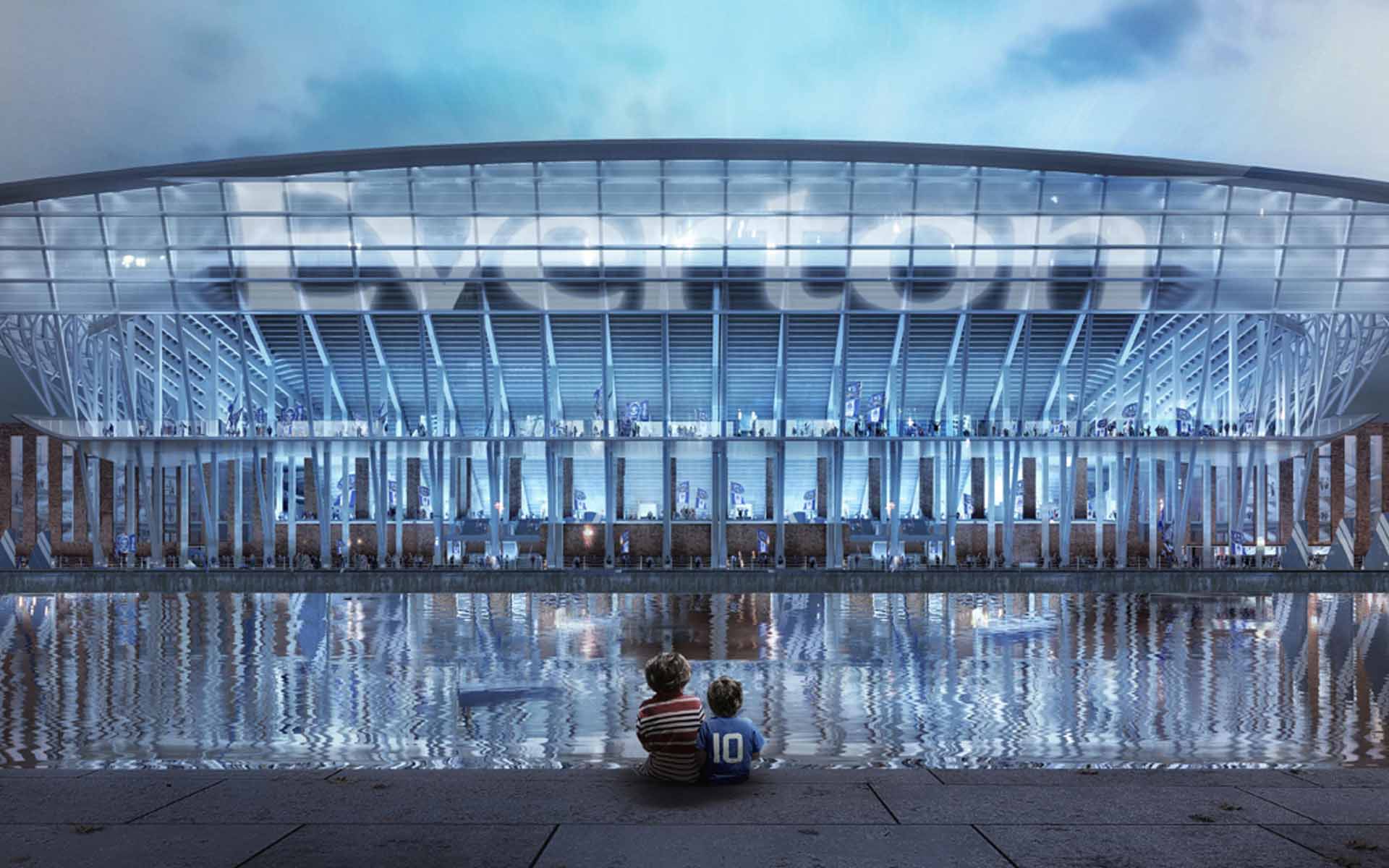
Everton chief executive Denise Barrett-Baxendale said: “Our proposed stadium design takes its inspiration from both our city’s maritime history and from our Club’s rich heritage and traditions. It is, first and foremost, a stadium for football, for our passionate fans and for our players. A stadium that gives Everton Football Club a platform for growth both commercially and socially. But it is also a stadium for the entire city and a development which will deliver transformative benefits in terms of regeneration and inclusive growth for the whole Liverpool City Region and for North Liverpool in particular."
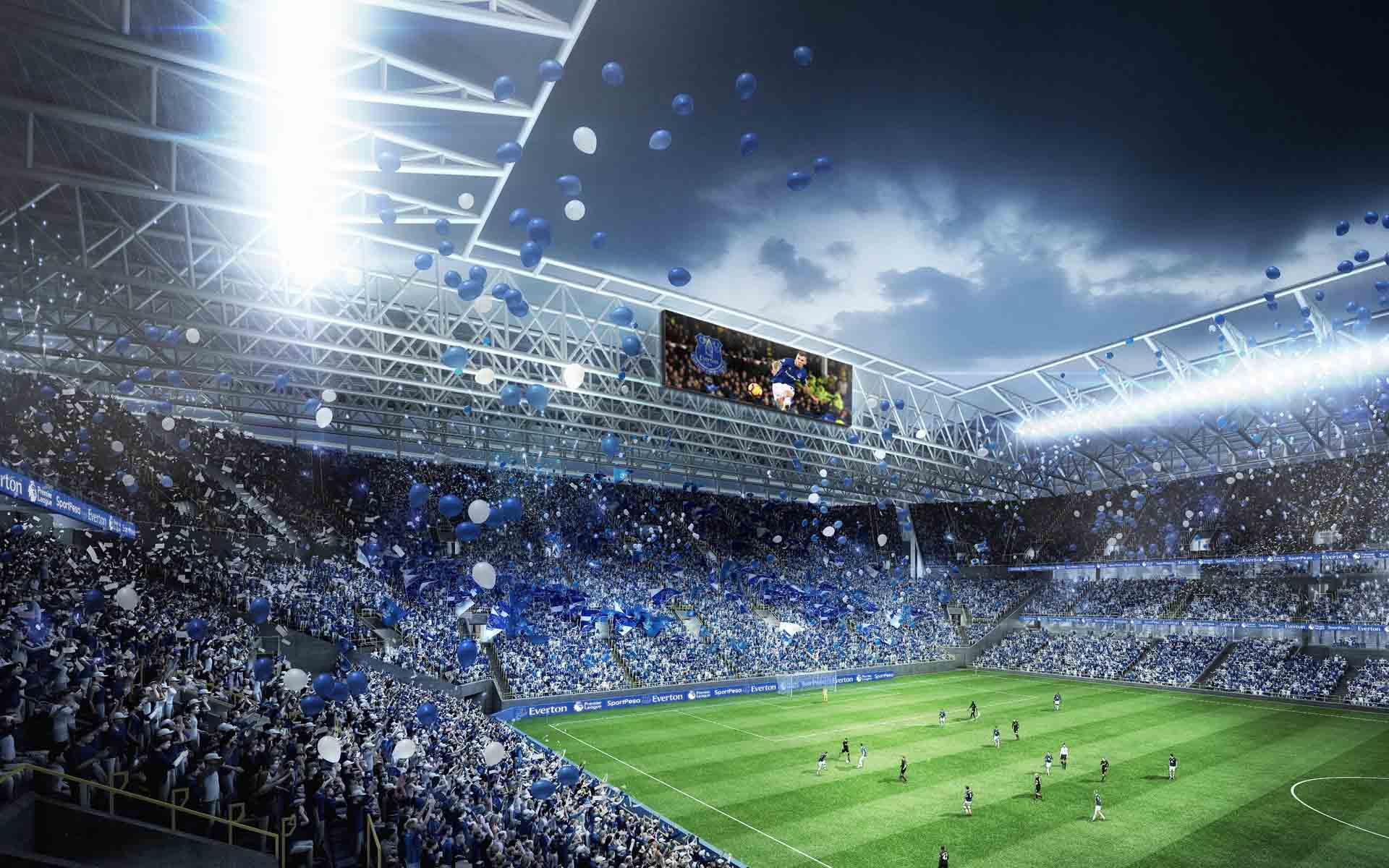
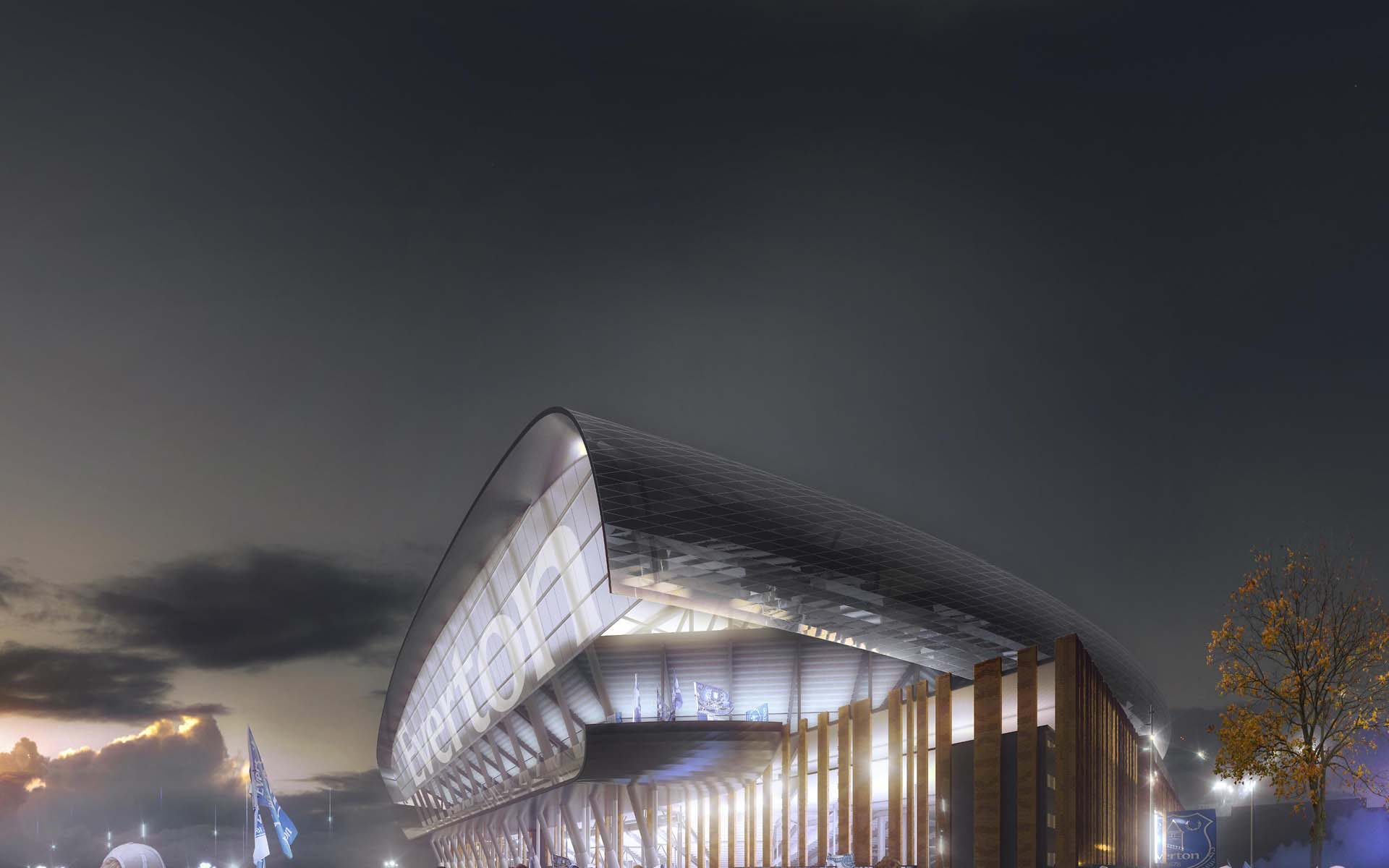
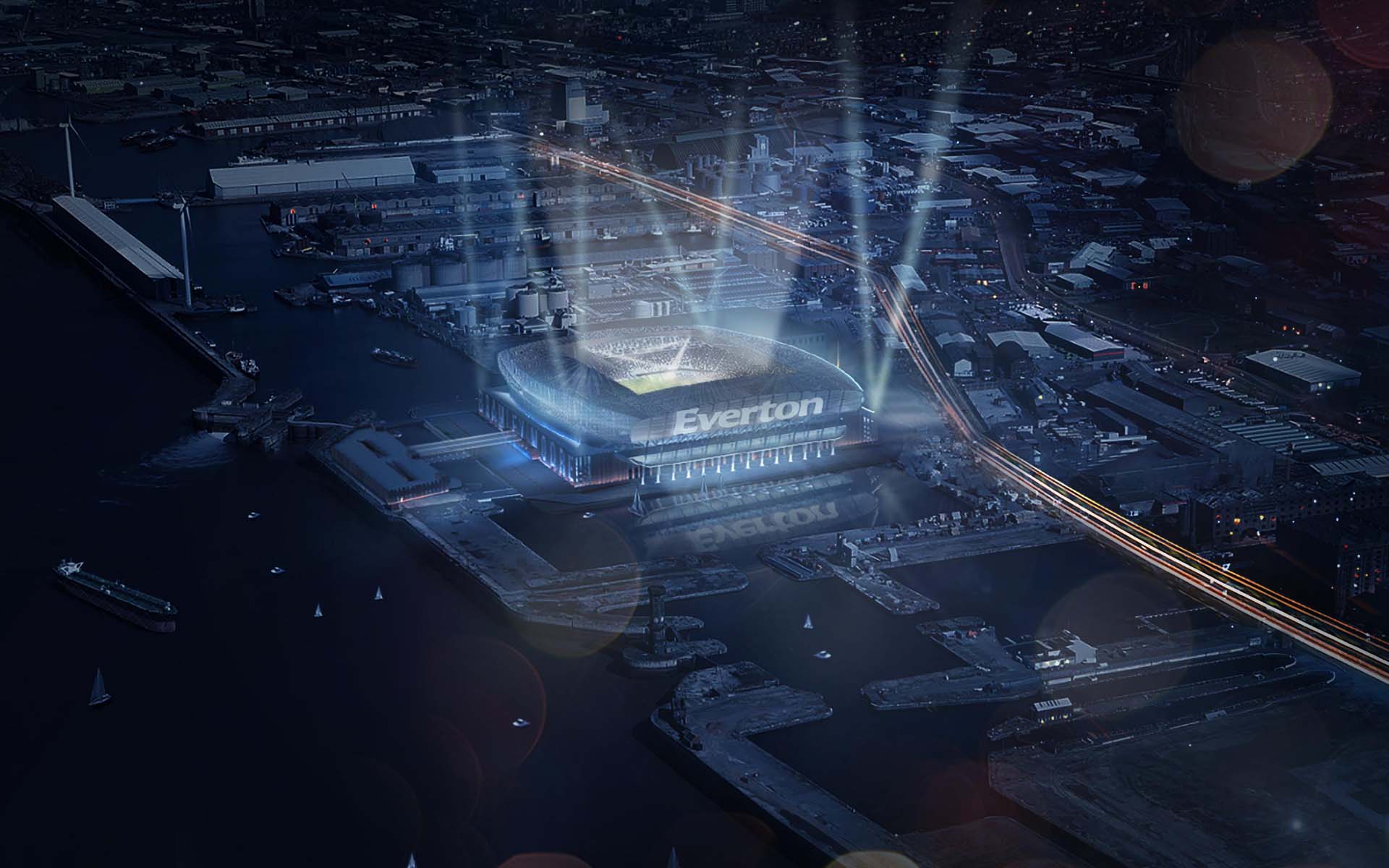
The Club also revealed its plans for the redevelopment of Goodison Park to create a range of community assets such as homes, health, education and enterprise amenities as well as the introduction of public space, which will include a lasting tribute to the Club’s current home of 127 years.




















